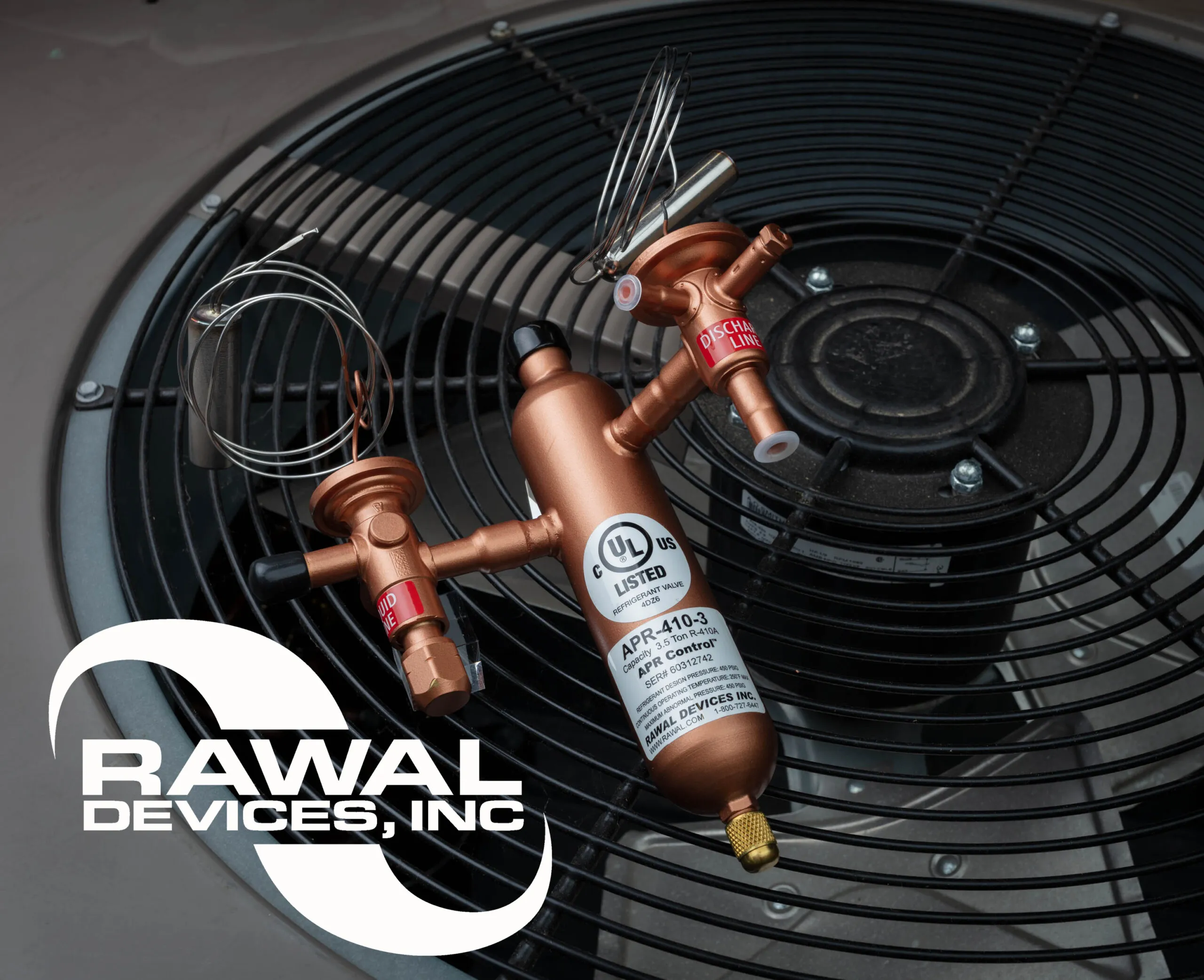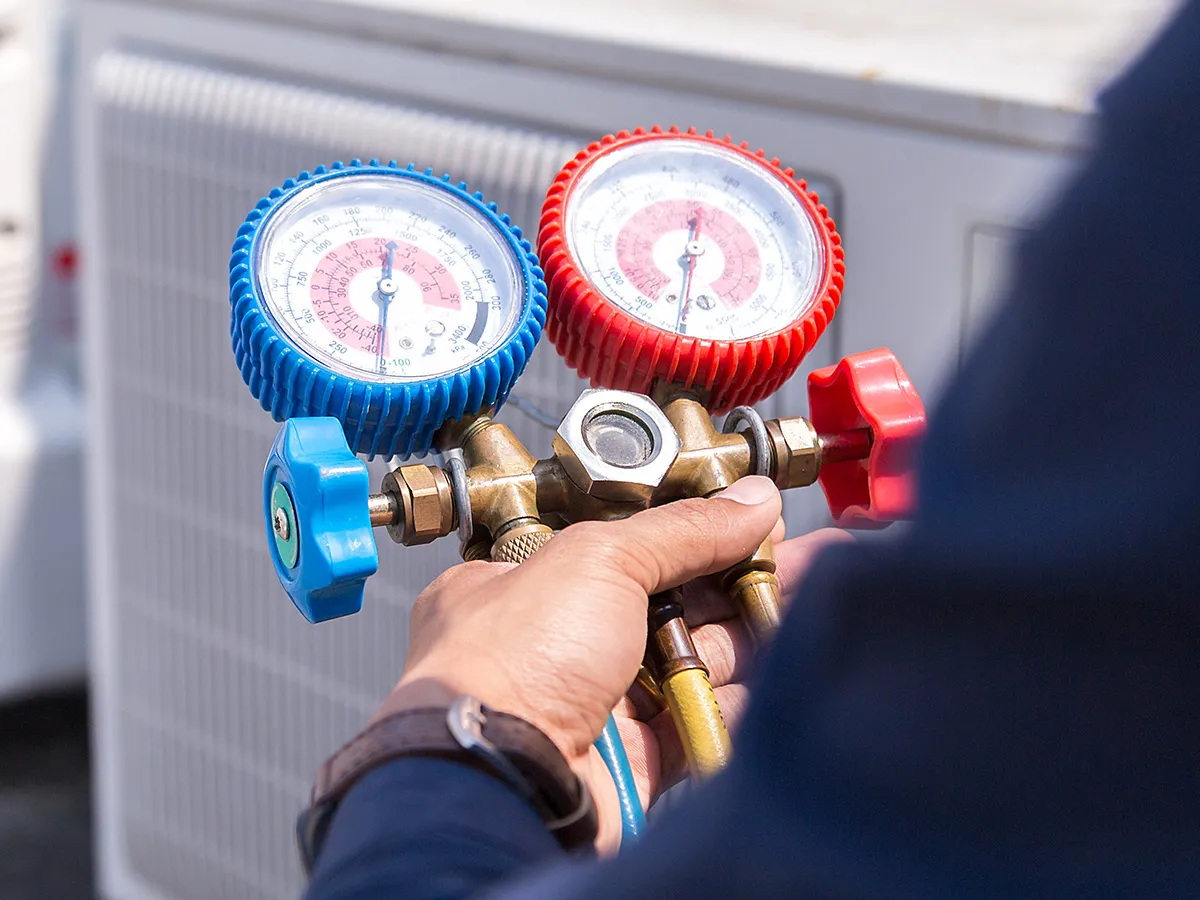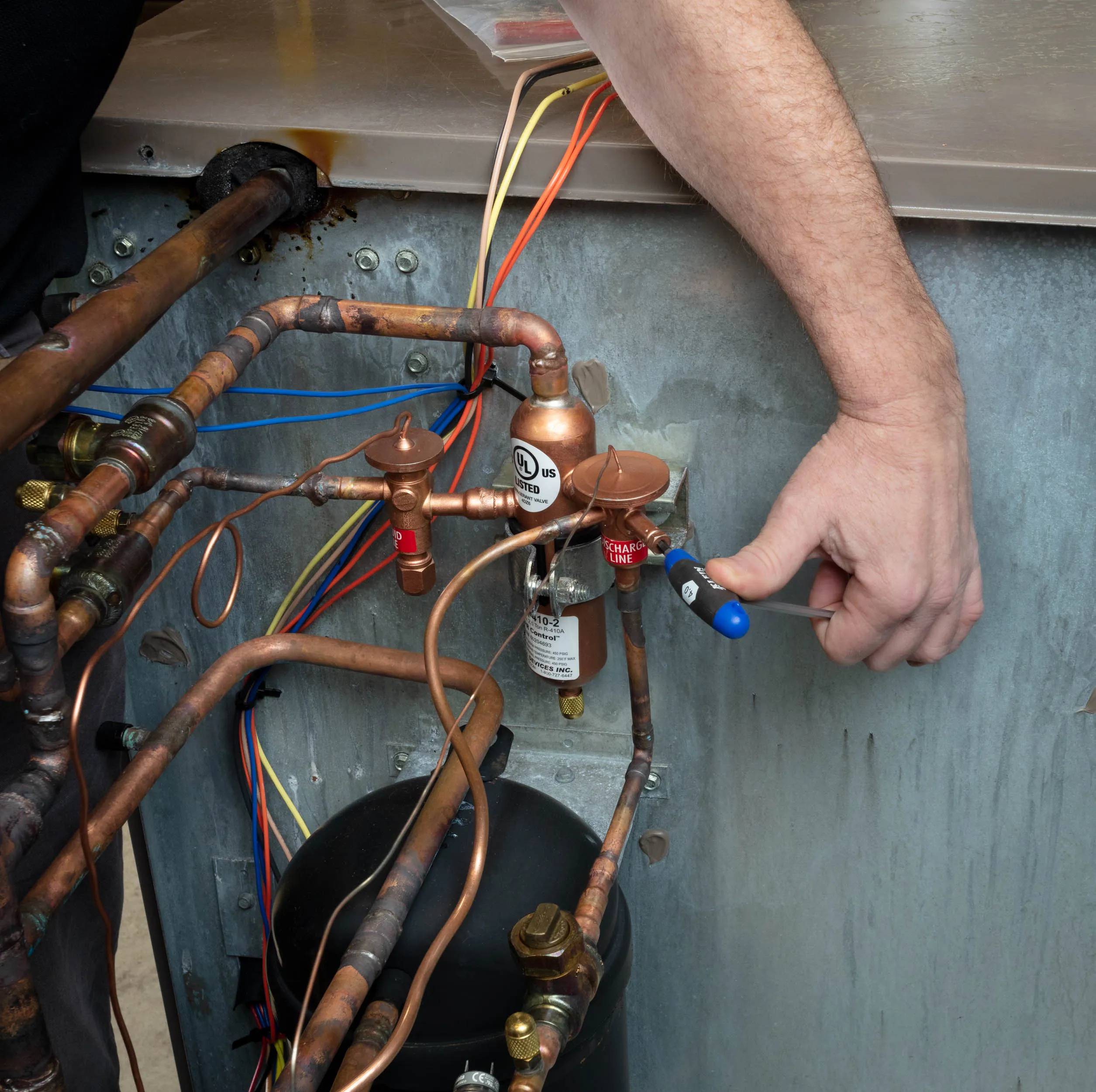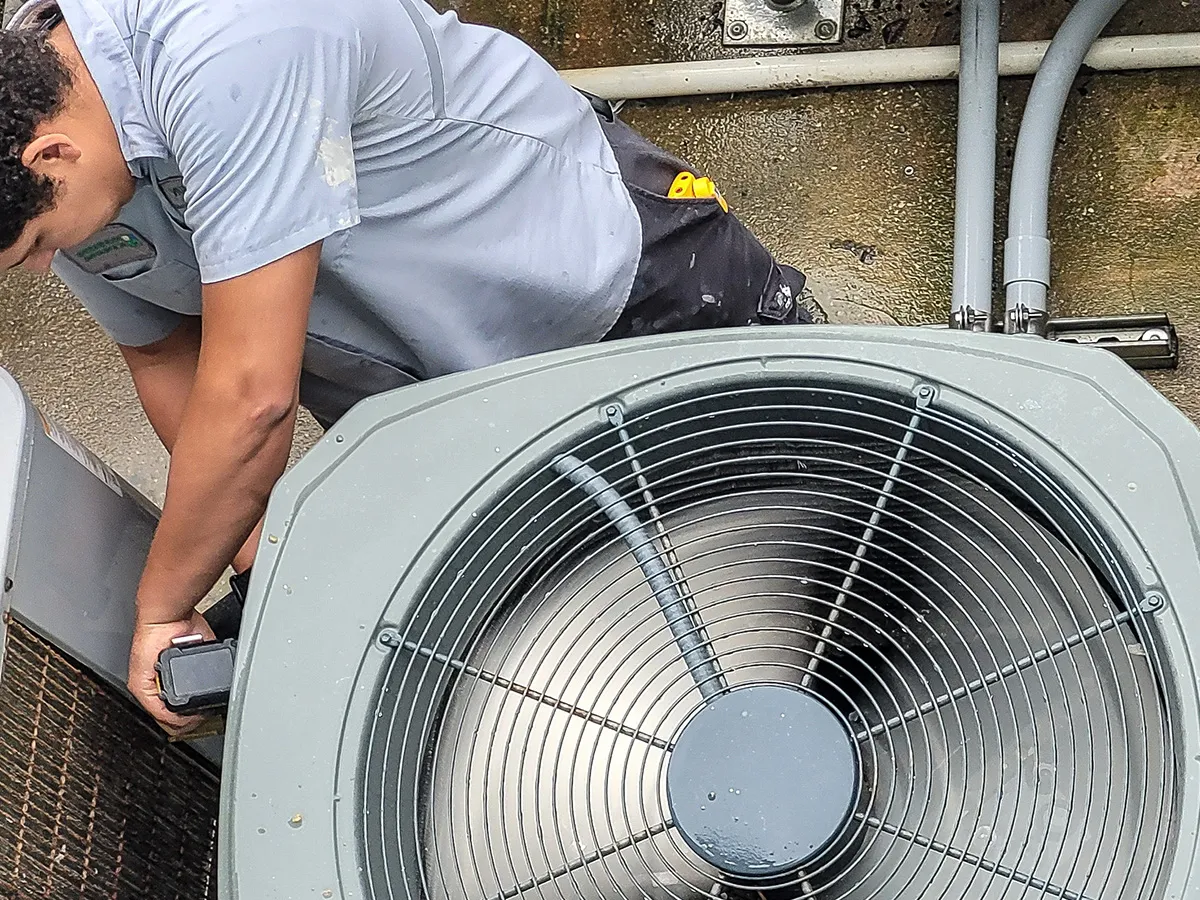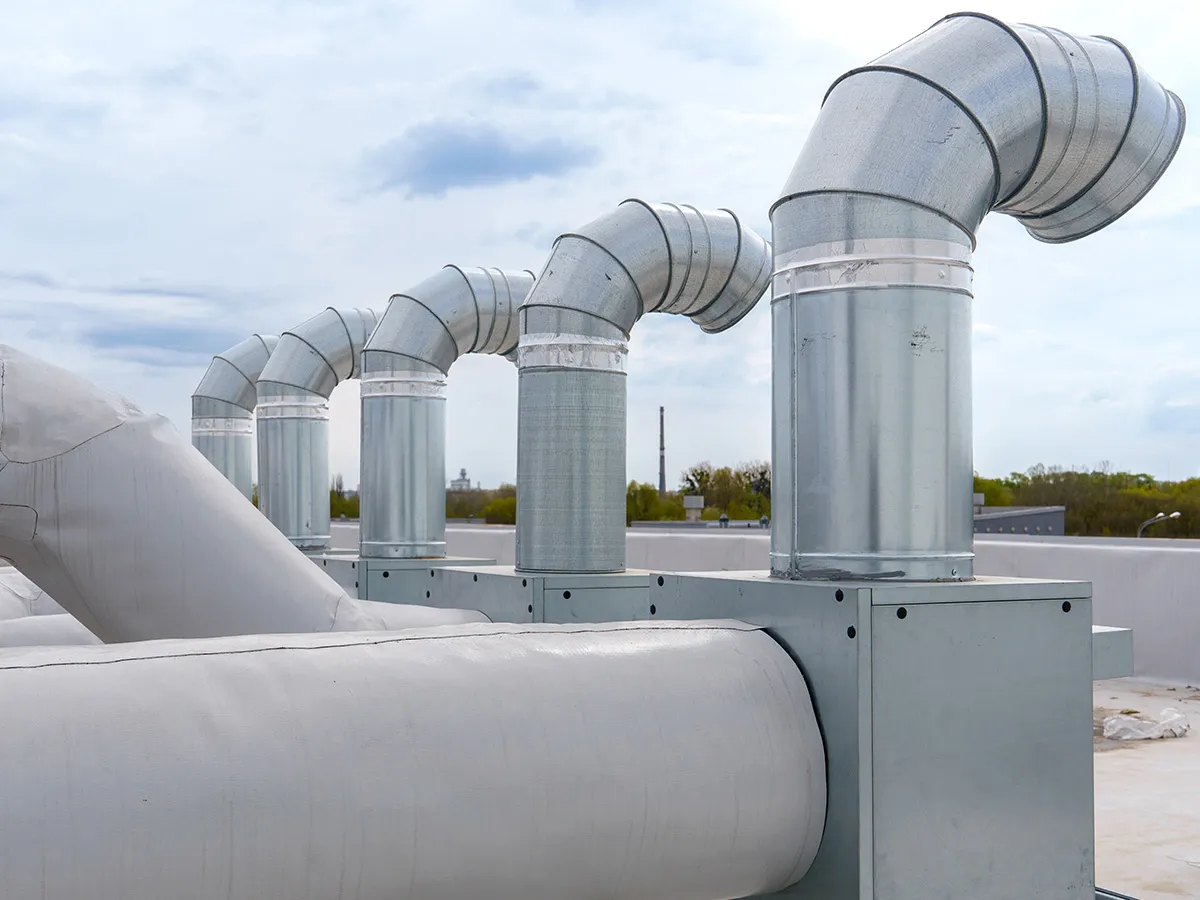
Your typical air conditioning system and control sequence…
Air conditioning systems are primarily on/off devices of a fixed capacity, controlled by the limits of the thermostat. A standard thermostat, when set at 72°F (with +/- 1°F range), will turn the air conditioning on at 73°F and cool the space, at full capacity, until the temperature is 71°F and the thermostat is satisfied. With the unit shutting off, the temperature in the space needs to rise to drive the thermostat on again. This is repeated continuously.
The Problem: Oversized AC Systems
Standards for air conditioning design require that the system has sufficient capacity to meet several design criteria (i.e. outdoor temperature, sunshine, internal occupancy, and ventilation requirements to name a few). As most of these criteria are maximums for the summer peak cooling season, the system will be designed larger than necessary most of the time. The capacity of the system needs to be able to keep the space cool during those peak “design days,” but most of the year load will be below peak.
The reality is, since outdoor conditions vary greatly within the US, 95% of the time the A/C system is trying to work outside (and below) the design parameters. This means that the load on a space is lower than equipment capacity and the system is short cycling. Short cycling causes the humidity in the space to rise and will place fatigue on the equipment.
When the AC system is oversized, as in most if not all cases, the temperature may remain cool (thermostat satisfied), but the unit does not operate long enough to sufficiently dehumidify the space. The oversized air conditioning system is then “short cycling,” meaning (for example) that for each 5 minutes the air conditioning system is actively cooling the space, there might be 20 minutes or more when the system is merely recirculating air and not dehumidifying it. During the (compressor) off cycle, the humidity level rises and the combination of low temperature and high relative humidity creates an uncomfortable space.
Studies have suggested that a minimum compressor runtime of ~15 minutes is required to effectively dehumidify.
The Solution: APR Control
Allows the system to be designed per criteria to meet maximum load, but also provides modulation to help extend runtime, keeping airflow across the evaporator coil dehumidifying.
